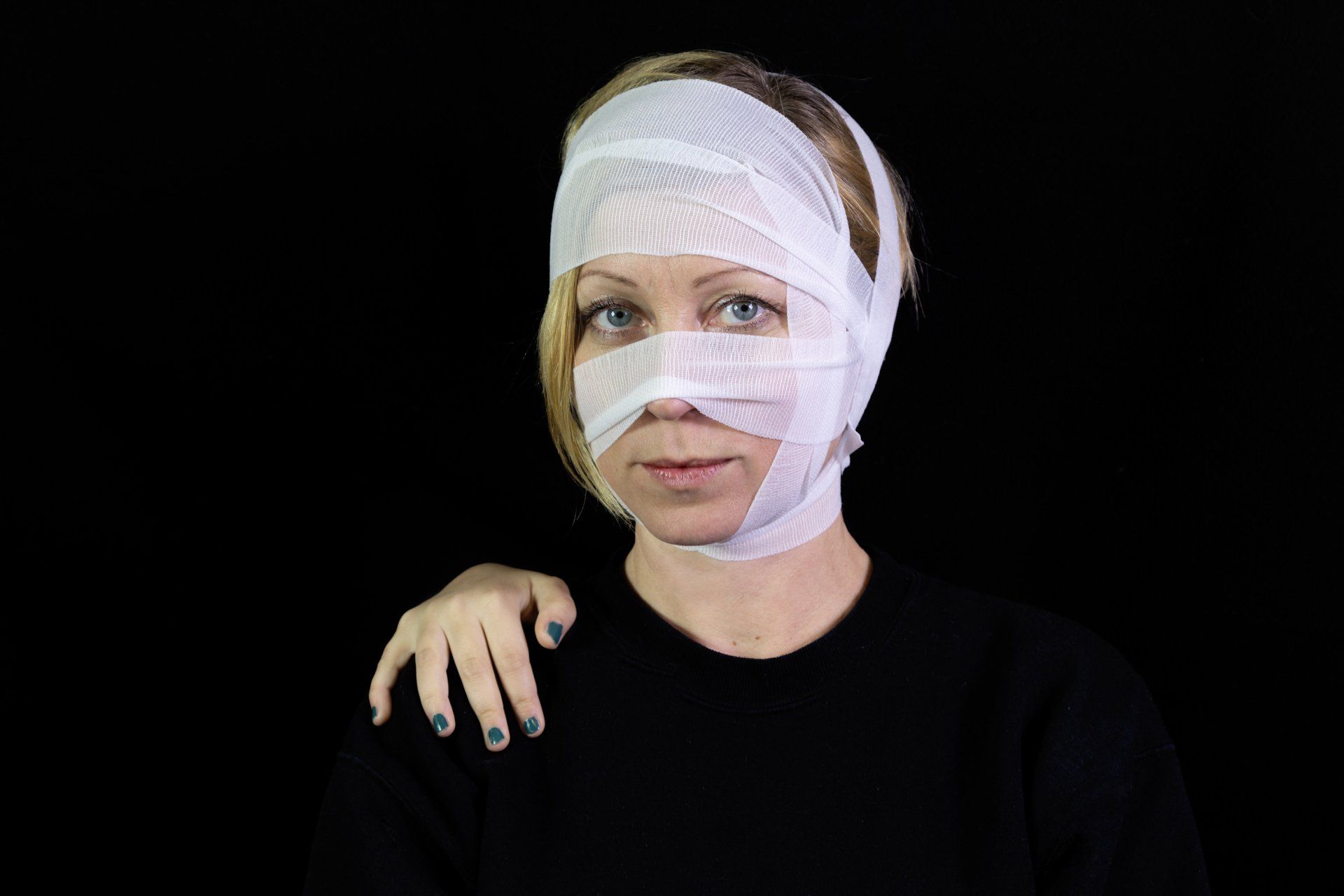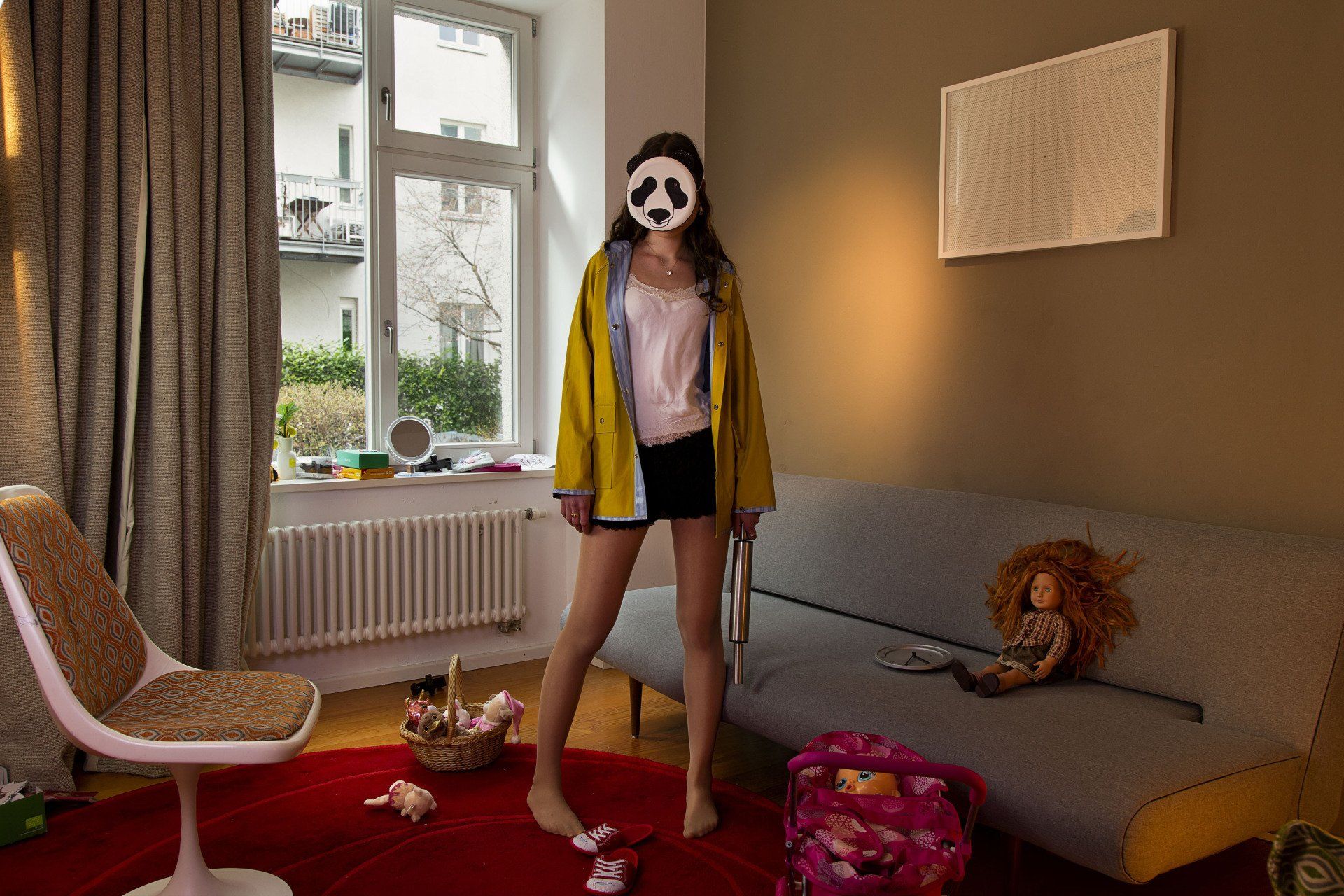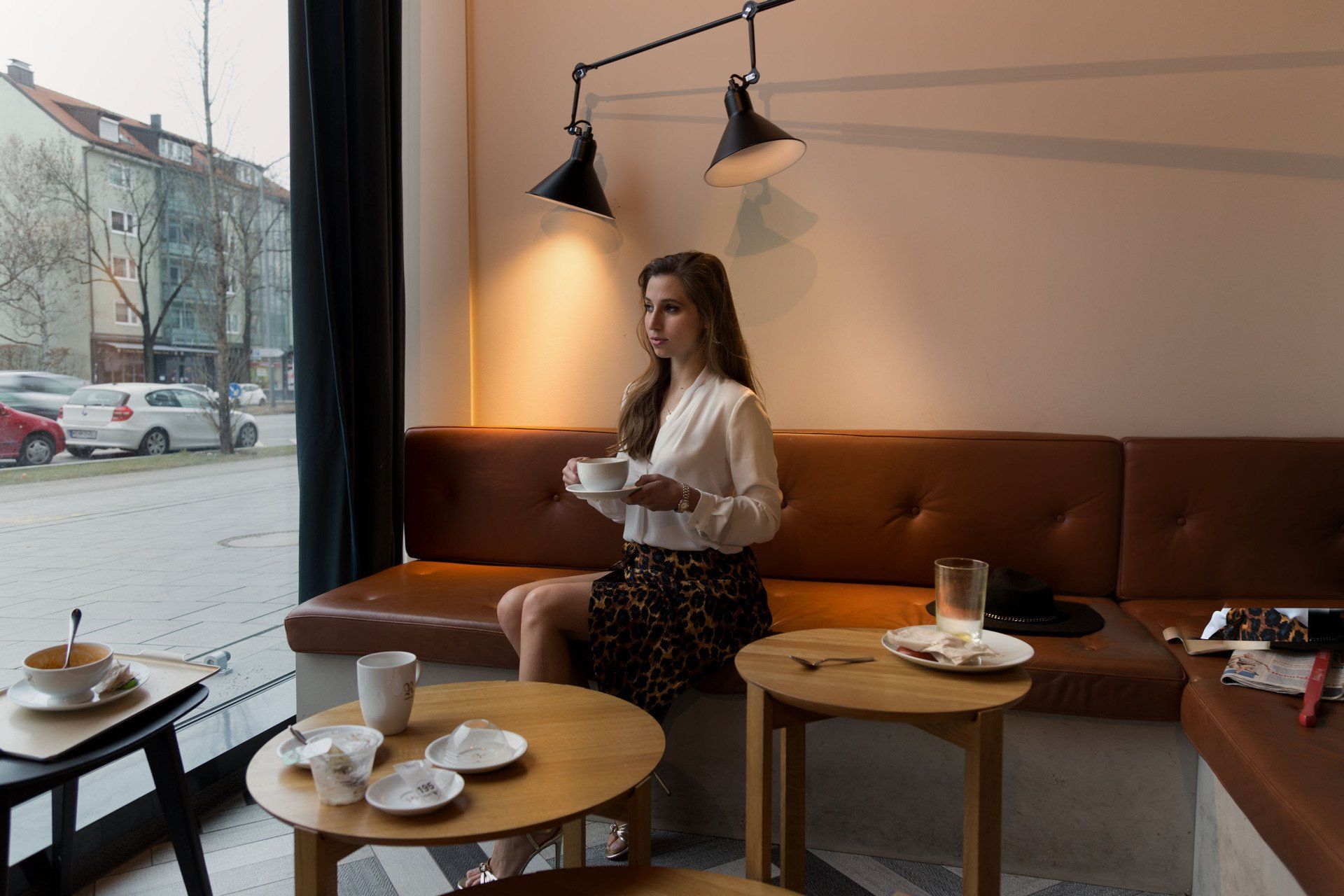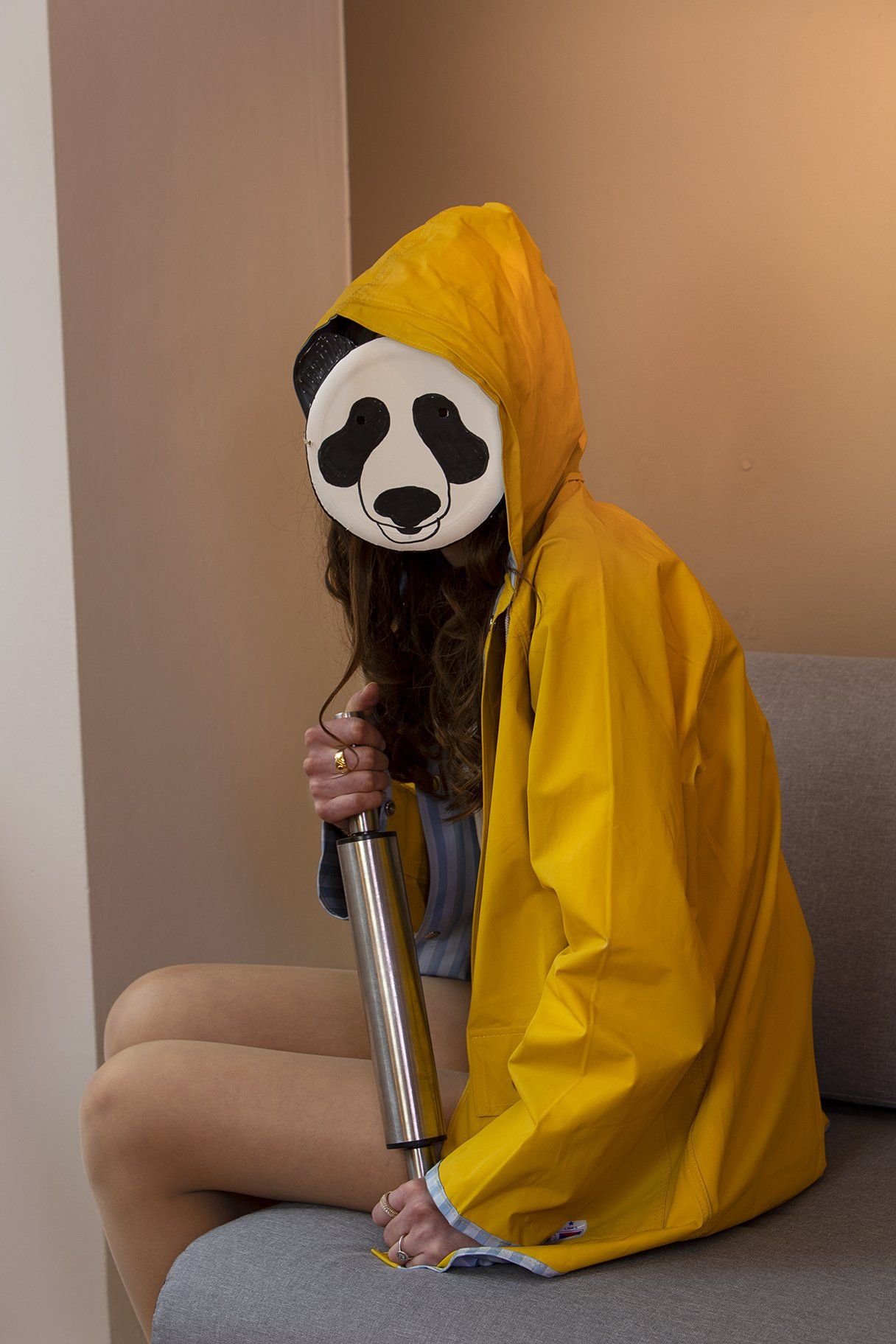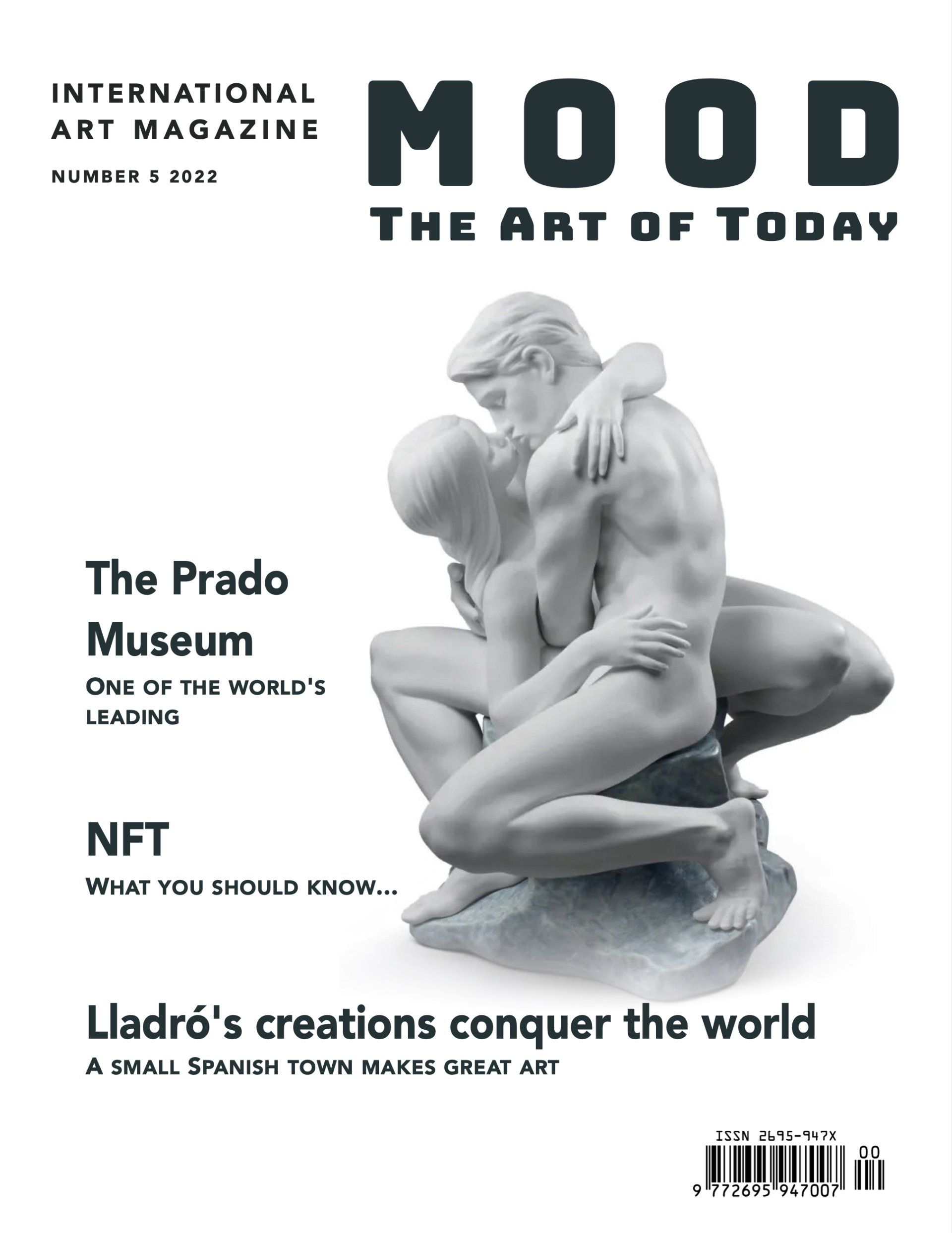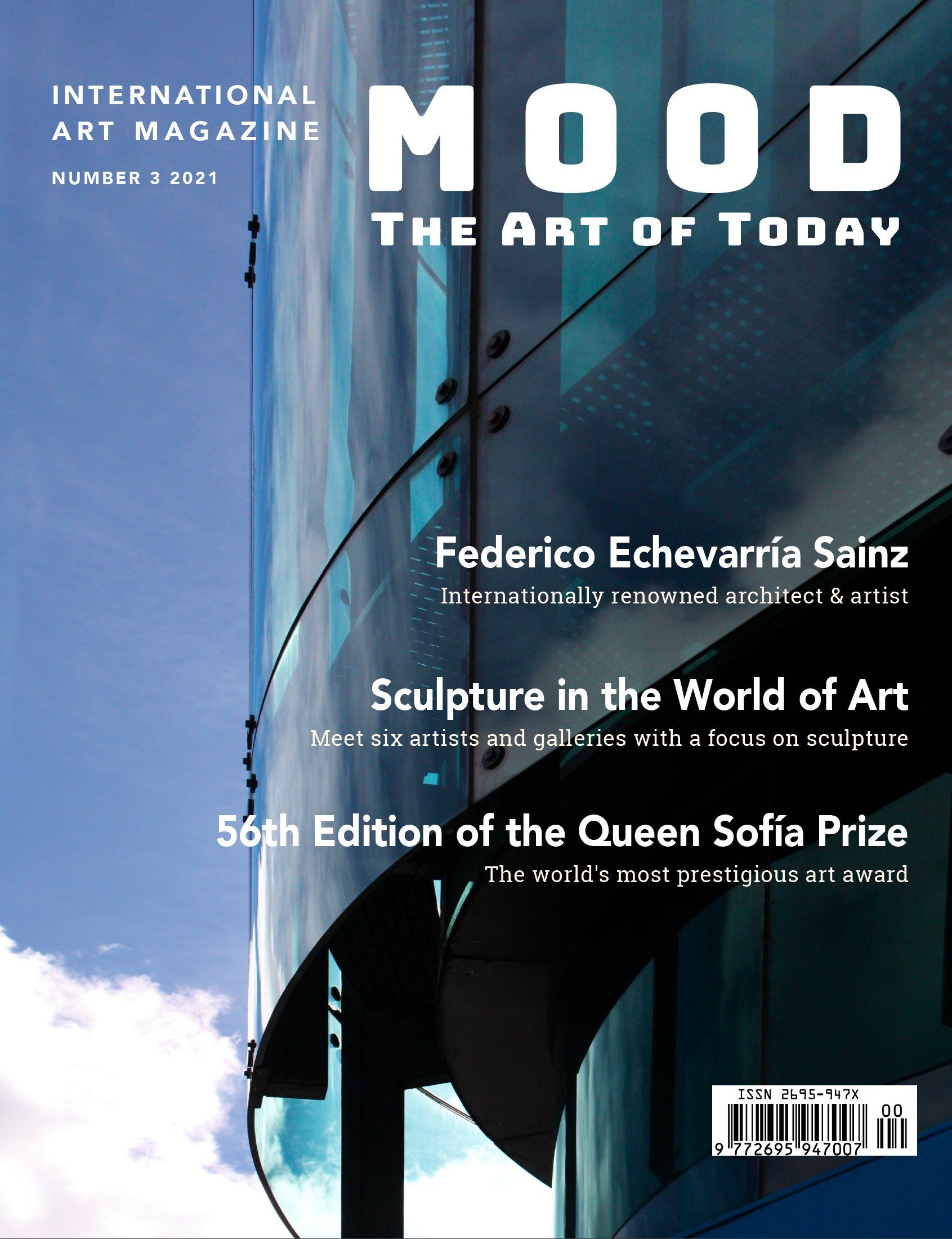CATERINA NOTTE
Beauty, Fragility & Strength
Conversation with Caterina Notte
Reporter: Francesca Vine @thelondonartcurator
Magazine: The London Art Review
An Italian artist working in the fields of photography and video art. She has had a number of solo shows in Italy and Germany, as well as numerous group shows and video screenings.
Her art career began in the 2000s in Rome’s galleries, while studying Economics at the La Sapienza University.
In her original work, she used an old A4 scanner to ‘consciously and assiduously’ experiment with scanning different parts of her body and reassembling it digitally. Of this work she states, ‘The final result was certainly a reality, but perhaps - at the end - only a small part of it was real’. Caterina soon transitioned to using a camera, which allows her to ‘stop and perform reality’ and now ‘feels herself inside the box of Schrödinger’s cat, but with the cat precisely’.
Our editor, Francesca, sat down (metaphorically speaking) with Caterina for this exclusive in-depth interview to find out all about the evolution of Predator – her decade-long project on rewriting female beauty and fragility, her conception of the female gaze and how the female body features so prominently in her work.
Francesca Vine: A key focus for you is the human body – the female body, to be precise. How do you aim to rewrite the worn, centuries-old existing narratives by invoking the ‘female gaze’? How does this differ from the ‘male gaze’?
Caterina Notte: On the one hand, photography continues to enclose the woman in a dimension filtered by male Eros, but on the other, it is the same woman-artist who immortalizes her body in suffering, in the cancellation of her femininity as a mother, or uses it as a means of protest in extreme, violent or provocative acts to reaffirm her own possession [of her body], but I believe that the time has come to rewrite the beauty of both aesthetic and ethical women. A sexual, powerful body that speaks painlessly – this is my gaze.
My work is a rewrite of female beauty
From my point of view, the innate need for beauty, primordial and pre-social, has been neglected; I am not talking about the need for unreal beauty that we see on social media, nor am I talking about the beauty that is the protagonist of the world of fashion or advertising. Beauty, however, is filtered by the male and commercial gaze and the woman is completely objectified: it is femininity and sensuality aimed at satisfying, first of all, a need of man and then of woman. I mean, this can’t be the only version.
The vision that man has of woman is one-dimensional, it always moves in the same direction. Woman, instead, is complex; she is always inside the change, which is where her identity is. When a woman indulges in her own fragility, she finds in her own hand a weapon that creates discomfort and sometimes fear, especially in men. Beauty has an ethical power.
FV: In your series Aliens, it is the female body that is presented as ‘other’ or ‘alien’, can you explain your thought process behind this work?
CN: In Aliens, the body is flesh that is created and transformed, taking on another identity that conquers new territory as I photograph it. Aliens is about what comes from us, but is completely foreign to us because it is unexpected and unknown. It is as if the body were crossed by a fast and unexpected telluric current: this sudden lack of staticity can create discomfort, at first in the subject, then in the viewer.
Once again, what comes out of Aliens is not the defenceless, helpless, fragile, feminine woman – because she is naked and therefore an object – but the body itself as a subject: dynamic, nomadic, powerful precisely because it is naked, because it has no props on which to cling, except for its own weakness. Aliens is naked, because flesh is naked. Here there is no chauvinistic or ‘male’ gaze. Quite to the contrary, it is a purely scientific view of human sexuality: a body that adapts to change, that repositions itself and establishes new boundaries, that cannot afford fear.
FV: In Predator you talk about weakness/fragility being power and containing innate beauty. In particular, you reference this in your first works of the series, which show young girls looking out from the windows of a blue van, their heads covered in bandages.
You talk about the vulnerability of the suffering victims drawing the viewer in and reversing the dynamic so the girls become predators and the viewers the prey. What can this tell us about how women and even young girls are perceived in today’s society?
CN: With each passing day I think the vulnerability and fragility of those little girls in the van was an example of great power. Their victimhood hasn’t stopped them. They have become a role model for me and they should be for every woman. All the stereotypes and models to which women perpetually try to conform, only limit the full freedom of their search for their own conscious identity. We get blindfolded and swaddled without rebelling. But I think that the intervention of social media has, on the one hand, exposed the problem, by creating new pre-defined icons every day, but on the other hand, it is giving women the opportunity to carve out a niche in which to make use of the opportunities for collaboration with other women. The real problem of non-equality between women and men is the lack of collaboration between women. Until we all feel part of the same species, man too will be increasingly distant from us.
FV: One of the most striking elements of your work is the extremely direct and challenging gazes of your subjects. To what extent does the viewer become complicit in the objectification of these women?
CN: I would say that the viewer cannot in any way objectify the woman I am presenting.
Granted, that objectification is linked innately to the society in which the body is modelled, but that of Predator or Aliens is in no way a recognisable body – it is not an object in this sense. The protagonists of my works have not internalized the gaze of others, they do not need their own beauty that hides behind the gauze, but have an unshakable dynamic static that arises from fragility rewritten in power. Those who look at them can only feel themselves prey.
FV: You use a mixture of girls and women in Predator, do you see the values of fragility and strength as being expressed in the same way in both age groups, or are they simply an extension of one another?
CN: Mine wants to be a continuous and circular narrative – everything is connected, each time phase travels on different levels. So, the evolutionary phases meet again, intertwine and redefine themselves. Thus, childhood returns in adolescence to contain or push in certain directions. Sometimes those fears we had as a child re-emerge as strong and destabilizing in other moments of growth, when we are faced with a sudden weakness.
This precise moment of confrontation is what I try to represent in my work.
The hands of a child emerge from the darkness to give static or inclination to a body that is moving uncertainly, or the ropes bound tightly around the waist reconfirm the need for one’s roots. Is exactly as if they came out of Plato’s cave: my protagonists have in their eyes the awareness of those who have understood their own fragility and make a weapon of it.
FV: You began the project back in 2010. How has your conception of it evolved over the past decade?
CN: Yes, that’s true, I started Predator in 2010 with 4 little girls who reminded me how much power could be contained in a seemingly defenceless human body and this awareness grew inside me over time until nine years later, just a few months before the pandemic broke out. A pre-pandemic fragility was perhaps already in the air!
Today the protagonists of Predator are girls, but also teenagers and women. I understood that we carry with us a bag of atoms of unexploded power from an early age; at the right moment everything spreads and just like a concentric wave, this power is arranged around our body and it begins to rewrite our fragility, taking energy from primordial sexuality.
In art, sexuality is often well-rationed: just as in society, the aim is to contain if not even to repress any sexual drive, because it is what can make us free. Then there is sexuality objectified by the male eye, or sexuality incriminated by the female eye itself, but these versions are not fair and complete. Predator tells us about pristine sexuality.
FV: How has the pandemic – with women globally being disproportionally affected by the increase in duties that has resulted – changed your artistic perception of women?
CN: Well, surely, the pandemic has accelerated the need for change as quickly as possible. Fear of physical proximity, isolation, forced coexistence and constriction of bodies have centralized the body again. It is a further confirmation of how important it is to constantly work on the duality of the body and on one’s own identity.
I feel the need, even more urgently, to rewrite fragility visually and conceptually – to give it a concrete form. I understand that this can no longer have power in pre-established situations of violence, but my message is aimed at girls and women who still have or will again have that choice. I want to bring Predator to the streets of the city and at the same time to social media. I feel a strong responsibility as an artist and also as a woman. I can’t change the world, but I can suggest a change.
Many women today follow Predator: the magazine Rewriters has dedicated space in its Magbook to an exhaustive article, by Francesca Lovatelli C. Caetani, on my project of rewriting weakness in the perspective of a new phenomenology of beauty, the international magazine Ainas has given a wide voice in its pages to Predator [ISSUE Nº12. 12/2020, p 60], the Cultura e dintorni publishing house wants to publish a book on my work and many feminist groups and some associations against violence against women strongly support my project. I can definitely say that the rewriting process of beauty and weakness has begun.
FV: Tell me about Predator Ubiquity, the collective work of viral performance art on TikTok, that came out of the original Predator project. How has working on this been different to the main series?
CN: I thought that Predator Ubiquity could first of all be a way to talk about the rewriting of weakness to a wider audience, especially in this long and interminable period of social distancing. The ability to reach millions of users without taking a step is evolutionarily shocking. When I have received a sufficiently large number of videos, Predator will become ubiquitous: at a precise time, on a precise date all the videos will be re-uploaded simultaneously.
The passive spectator of Predator will return here to being an active subject. Surely, Predator Ubiquity starts from a next level, in which one’s fragility has already been rewritten – here, in fact, the doubt lies in another direction – what degree of freedom can we now perceive by freeing ourselves from the gauze?
FV: What is the story behind your new series, 49DOLLS?
CN: 49Dolls is a world of memories and distant objects; it is a time journey back to the moment when childhood collides with adolescence. The identity of the child before and the adolescent after goes hand in hand with the transformation of the body, which is fast, unknown and instinctive, the body is transformed almost uncontrollably and our judgment of ourselves is actually the unmanageable sum of the judgments of the others.
49Dolls talks about the body image we build for ourselves and how hard its acceptance can be. I find it very fascinating that the physicality of a changing body affects one’s mental view of the outside world so violently. It is in this phase that it is most evident how our body is actually our voyager, and we use it consciously to probe the space around it, but it does it very well even without us. 49Dolls then speaks of the space around, of change, of the free child, of courage and fear.
FV: You have two book projects coming out, Amelie and Predator, can you tell us more about your plans for 2021?
CN: Of course, these are photographic projects that have the woman as their focus, observed in her immeasurable and varied universe, and as an end to the declination of a language that is both visual and literary. In this sense, a remote dialogue was born with the Cultura e dintorni publishing house in Rome, which places its mission and raison d’être precisely in the research and contamination of languages. In the book “Predator”, my expressiveness, which manifests itself in the photographic language, will be borrowed in a “dialogue” with the texts of authoritative scholars, thus giving rise to an interdisciplinary nature of visions and contents.
My own private Amelie (2018) refers to a meat exploration work immediately preceding the Aliens series. My research pushes me more and more towards a conceptual and formal representation of the nude, I believe that the female nude in art is still in fact an unexplored body. For me, it is an important challenge.
With this project I had a very specific idea in mind: I wanted to break down barriers and defences between myself and another body. In Munich I met Amelie who agreed to live my life for a few days and then I tried to photograph that bond in constant motion and overturning. But it is also a work on light, the natural light of the day that creates a precise place where the body can live.
Despite the current uncertainty and instability that is erasing the idea of the future, I still want to think in the long term; I have several very interesting exhibition projects for 2021, just to name a few: I am planning a solo show at the Civico Museo Setificio Monti, a place that speaks of a story almost entirely lived by women, an ideal setting for Predator, and an exhibition against violence against women to be held in Shanghai. The projects are different but, in the meantime, I want to keep focusing on rewriting and the new phenomenology of beauty




